Attending were representatives of Military Region 4, Nghe An Provincial Military Command; Department of Home Affairs and People's Committee of Nghi Loc district.
In the dry season of 2024 - 2025, the Martyrs' Remains Collection Team of the Nghe An Provincial Military Command searched for and collected a total of 76 remains of Vietnamese martyrs and experts who died in Laos. Specifically, 66 remains were collected in Xieng Khouang province, 8 remains in Xay Som Bun province and 2 remains in Vientiane province.
All the martyrs' remains were found at a depth of more than 1 meter below ground, with remains and many accompanying relics such as: AK ammunition boxes, multi-purpose shovels, M04 masks, tanks, canvas shoe soles, Vietnamese Army shirt buttons...
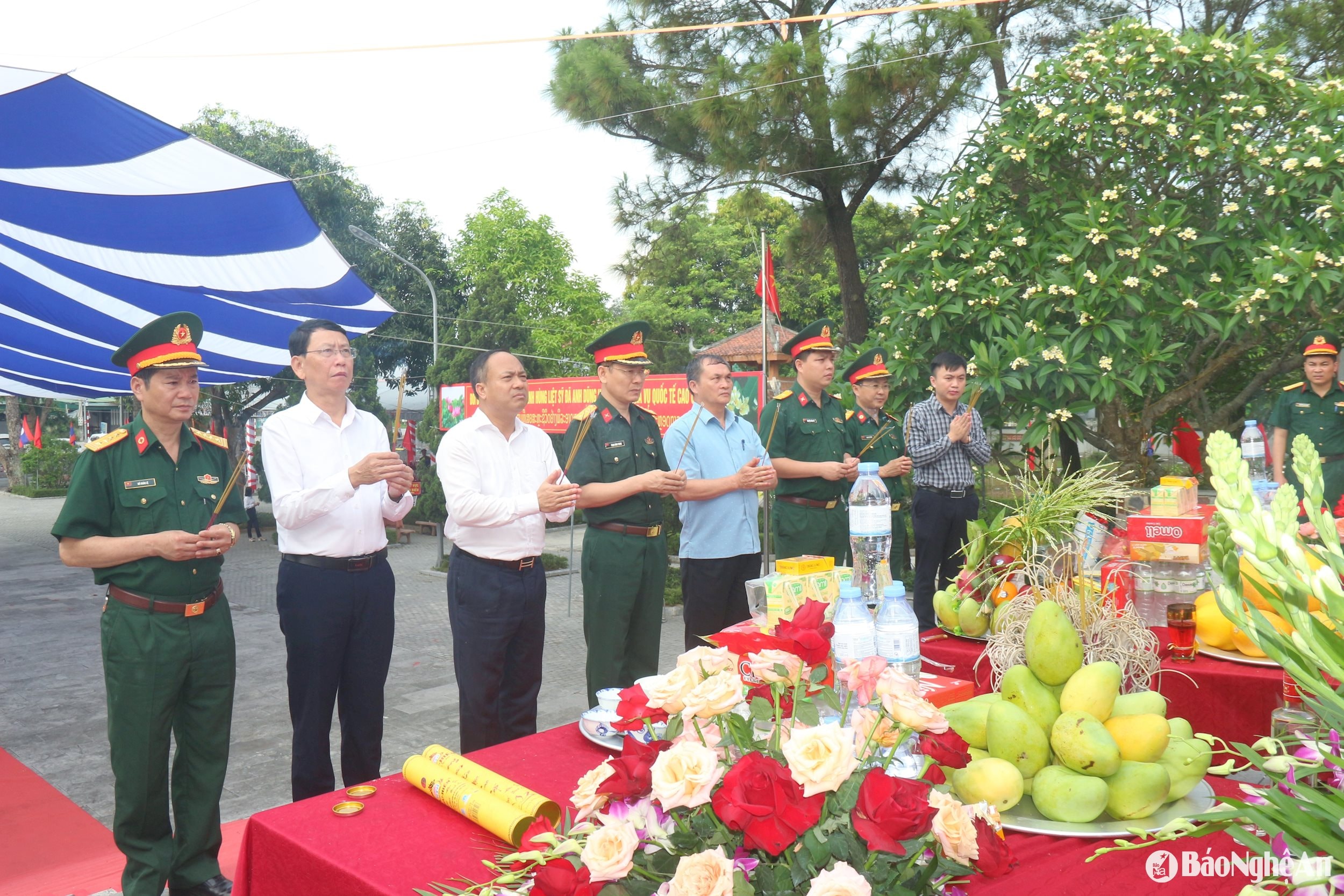
After the Provincial Military Command handed over the remains of 76 Vietnamese volunteer soldiers and experts who sacrificed their lives for the noble international mission in Laos, the Department of Home Affairs coordinated with the Nghi Loc District Medical Center and the Collection Team, the Provincial Military Command organized the collection of biological samples to determine the DNA of the 76 martyrs' remains.
.jpg)
The martyrs found had died more than half a century ago. In the harsh weather and climate conditions of your country, the remains and relics are greatly affected. Therefore, the collection of biological samples is carried out very carefully. The biological samples taken are usually teeth and bones of the remains, in which teeth are considered the best sample for genetic identification. In cases where there are no teeth, a part of the intact bone tissue will be taken for identification.
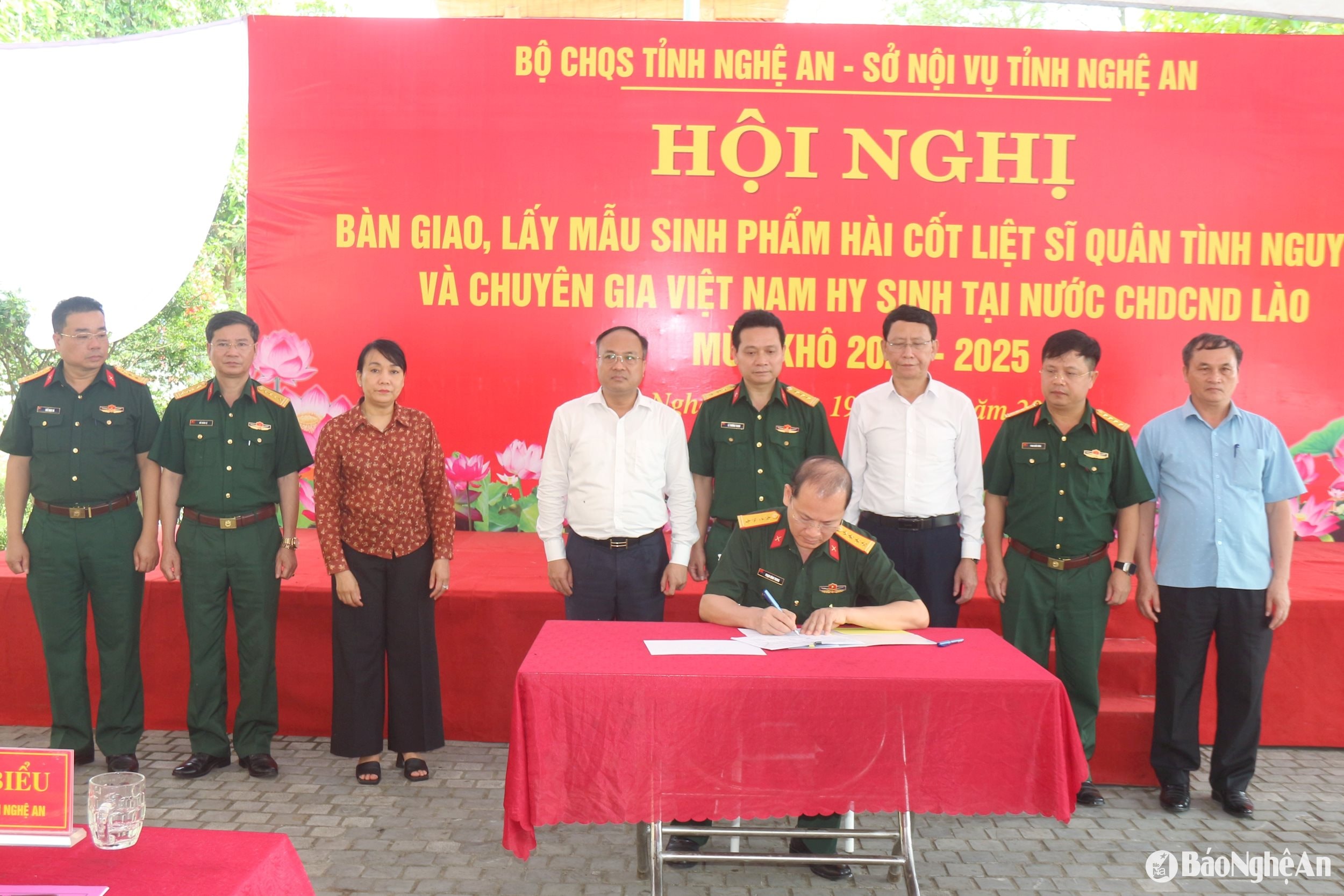
All 76 remains collected this time have been sampled sufficiently to ensure DNA testing. The storage and preservation of DNA samples of martyrs whose information is still missing at the Martyr DNA Bank nationwide is extremely important in looking up and comparing DNA samples of martyrs' relatives to determine the martyrs' identities, helping relatives find their graves and bring them back to their homeland and family.
After completing the biological sampling work, the martyrs' remains will be buried at Nghi Loc District Cemetery tomorrow (May 20)./.
Source: https://baonghean.vn/lay-mau-sinh-pham-xac-dinh-adn-cua-76-hai-cot-liet-si-10297694.html


![[Photo] Opening of the World Cultural Festival in Hanoi](https://vphoto.vietnam.vn/thumb/1200x675/vietnam/resource/IMAGE/2025/10/10/1760113426728_ndo_br_lehoi-khaimac-jpg.webp)


![[Photo] General Secretary attends the parade to celebrate the 80th anniversary of the founding of the Korean Workers' Party](https://vphoto.vietnam.vn/thumb/1200x675/vietnam/resource/IMAGE/2025/10/11/1760150039564_vna-potal-tong-bi-thu-du-le-duyet-binh-ky-niem-80-nam-thanh-lap-dang-lao-dong-trieu-tien-8331994-jpg.webp)
![[Photo] Ho Chi Minh City is brilliant with flags and flowers on the eve of the 1st Party Congress, term 2025-2030](https://vphoto.vietnam.vn/thumb/1200x675/vietnam/resource/IMAGE/2025/10/10/1760102923219_ndo_br_thiet-ke-chua-co-ten-43-png.webp)

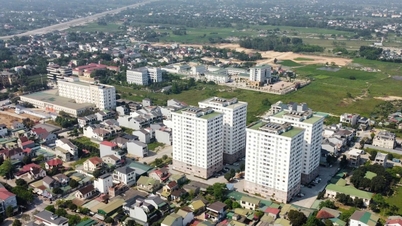
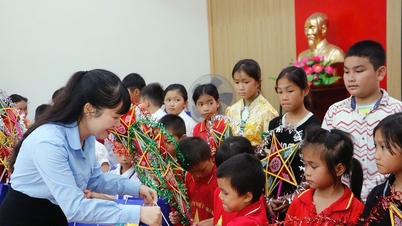
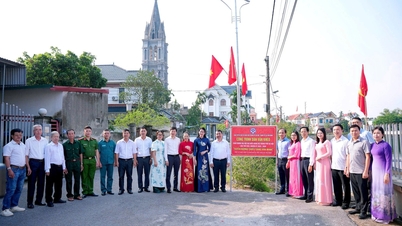




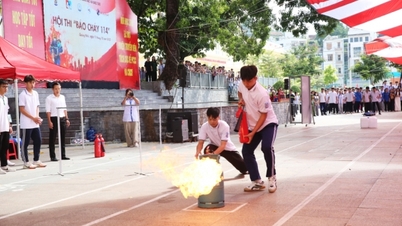





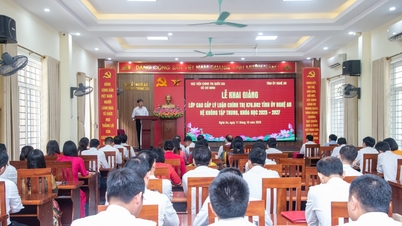

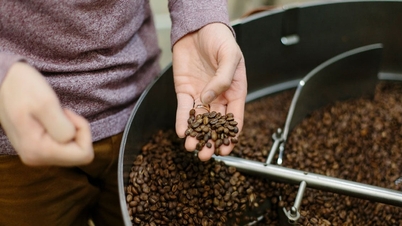



































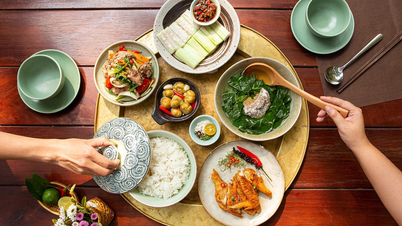




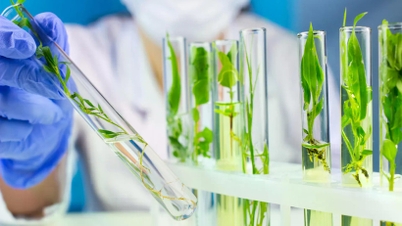
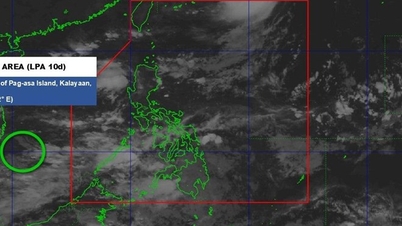




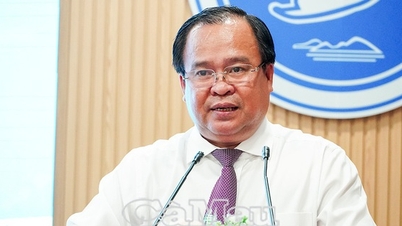

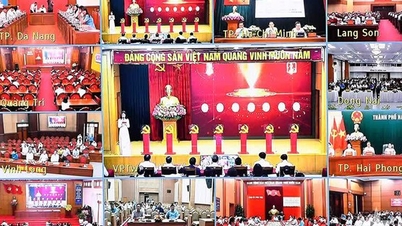

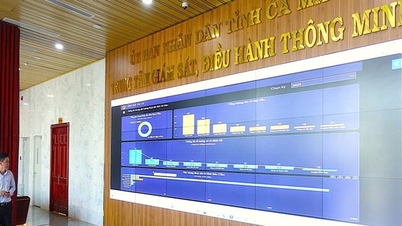
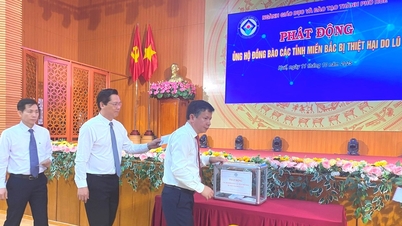

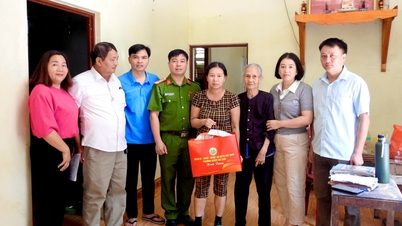

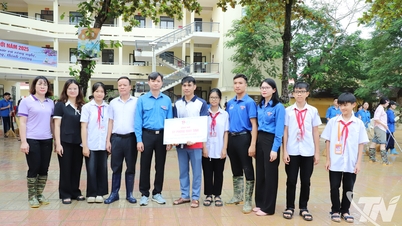

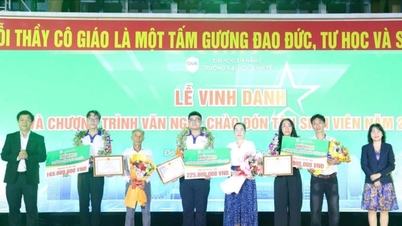

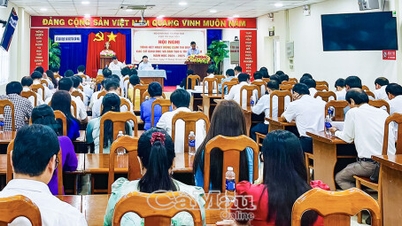

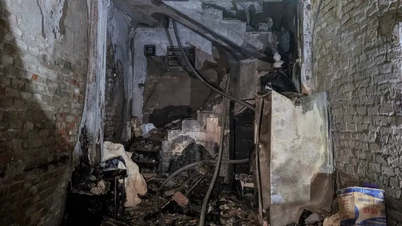















Comment (0)